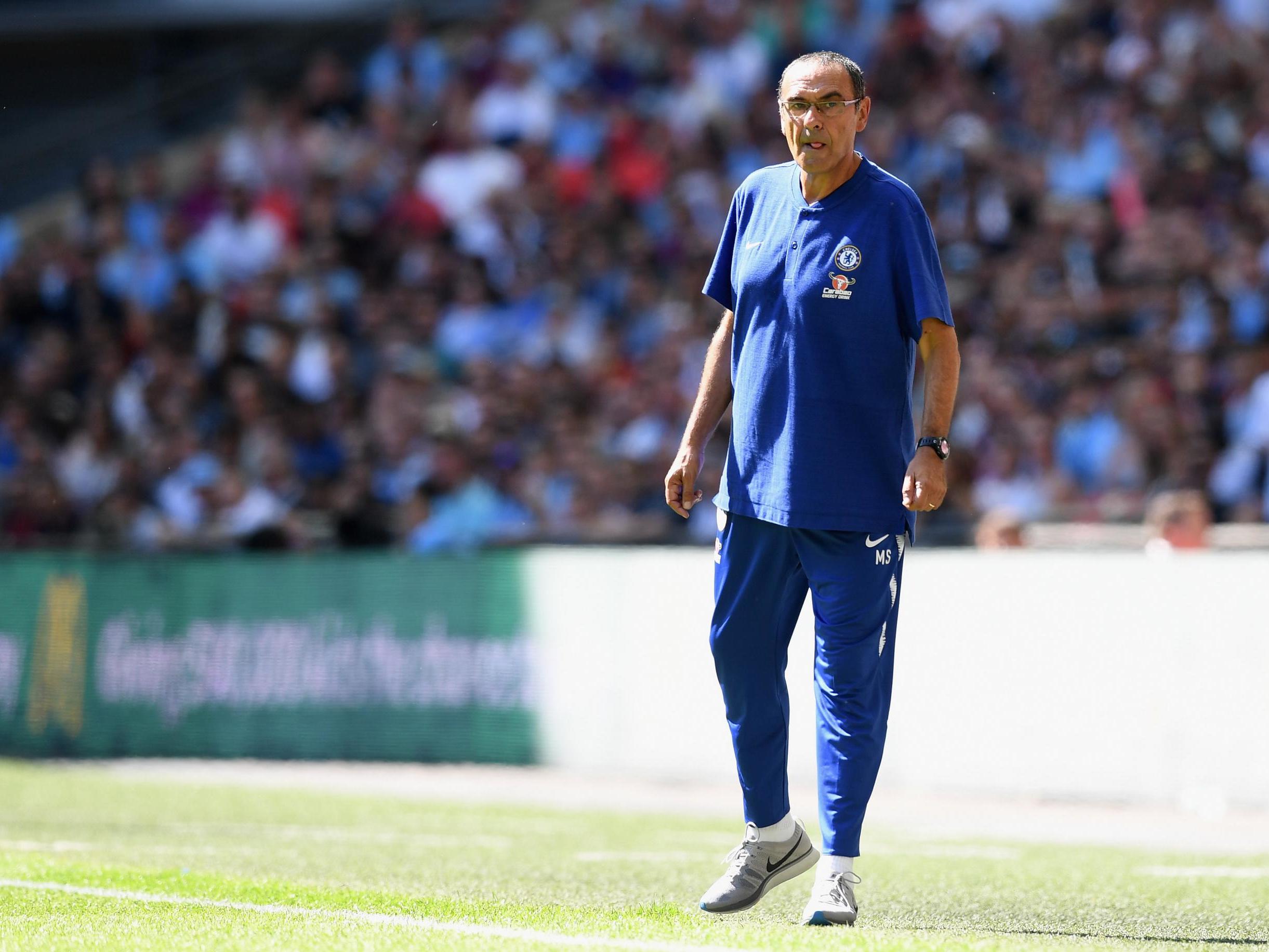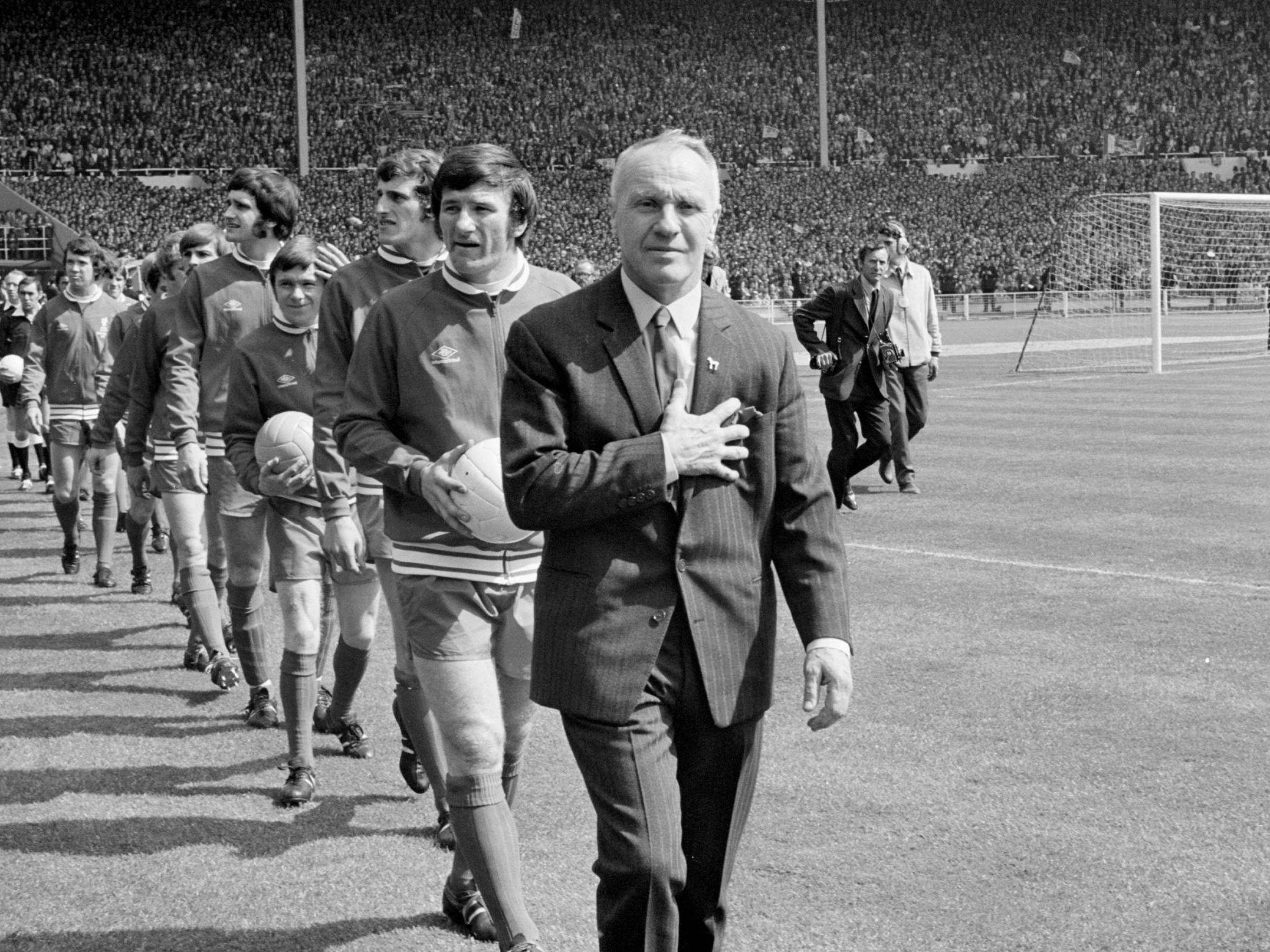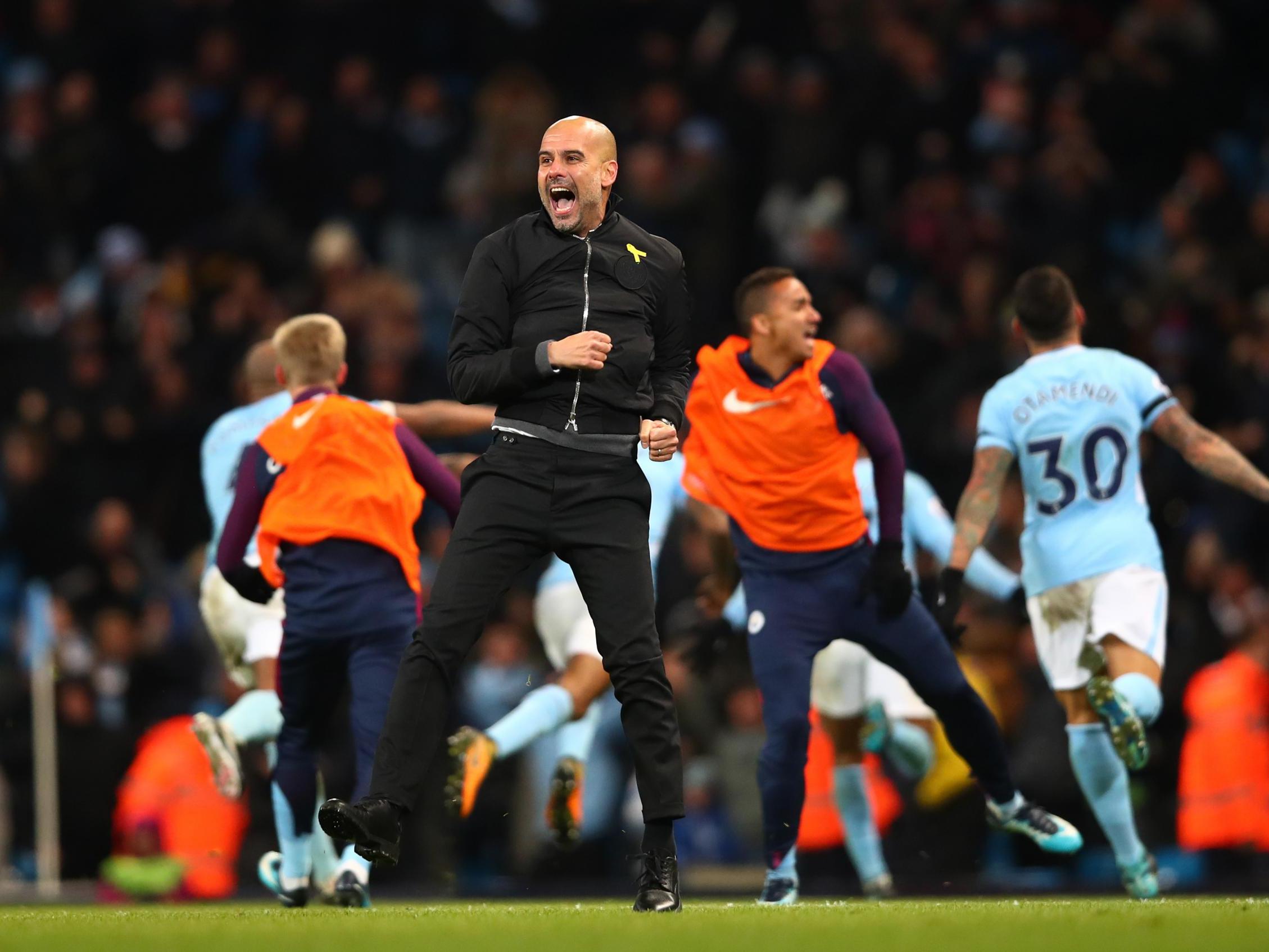The trusty tracksuit vs the swish three-piece: For managers, apparel is more than just a fashion statement
In a profession which for all its scrutiny remains largely shrouded in mystery, perhaps a manager’s choice of garment offers as valid an insight into their thinking as anything they say or do

There’s a bit in Life of Ryan, the ITV documentary about Ryan Giggs’s ill-starred stint in charge of Manchester United in 2014, in which he is explaining his decision to wear a suit for his first game on the touchline. “I just feel Manchester United managers should look smart,” he says. For Giggs, the suit was more than an expensive piece of fabric: it was an emblem, a motif, a way of articulating his fitness for office.
And so to Maurizio Sarri, who since his arrival at Chelsea in the summer has been greeted the customary and slightly giddy mixture of intrigue and exoticisation that seems to accompany any big new managerial signing in the Premier League. The apocryphal tales from past clubs carrying just the faintest whiff of banter-friendly embellishment. The soft-focus double-page broadsheet feature in which an intrepid young journalist travels to his hometown and discovers from those who know him best exactly what makes him tick: the obsessive nature, the ruthless work ethic, the arresting if largely irrelevant hobby. “Right from the start, he wanted to be a coach,” a former colleague confides. “He always comes back to visit,” a genial neighbour gushes. “He really likes ham,” his grocer exclusively reveals.” Good. Yes. Thanks for that.
Of course, part of the reason this sort of stuff gains such traction is that for the most part, during these early twinges of the football chatter cycle when conclusions must instantly be drawn despite the near-total absence of any evidence from which to draw them, the details are pretty much all there is to go on. The new foreign manager is a hazy palimpsest of broad-brush first impressions, poorly-written tactical blogs, that time you watched his team on BT Sport once when you were too hungover to change the channel and – inevitably – the way they look.
All of which helps to explain why Sarri’s tracksuit has attracted almost as much coverage as his decision to ditch Antonio Conte’s back five or to deploy N’Golo Kante further forward. And while you may find it depressingly shallow to be giving such fripperies time of day – and have you noticed how it’s always men who get discussed in terms of the way they look? – the thesis being propounded here is that there is often a good deal more to a manager’s sartorial choices than meets the eye.
This has been the case for longer than you might think. After all, management has always been two parts brain to one part branding. Salesmanship has always been part of the job description, and whenever we dress ourselves in the morning – or the afternoon, if you’re one of those privileged columnists who gets to work from home on Fridays – we’re making a conscious choice about how we want the world to see us.
Take Bill Shankly, for instance, the son of a Liverpool tailor whose sharp three-piece suits and trademark raincoats were heavily influenced by the Jimmy Cagney gangster movies he adored as a youth. For Shankly, a man who saw himself as a figurehead as much as a coach, the suit was a symbol of poise and class. Follow me, it said. I know what I’m doing here. And in many ways, the Messiah-suit is still the classic item of football manager kit, worn – with varying degrees of effectiveness – by managers as diverse as Johan Cruyff, Bobby Robson and Steve Evans.
For the younger manager making his way in the game and often little older than the players under his command, the suit often served a subtly different function. Instead it was sort of a demarcation line, a way of distinguishing yourself from the dressing room. I’m not a player any more, it said. No, I won’t be joining your card school. Yes, I will be using the manager’s parking space.

The tracksuit, on the other hand, has undergone something of a metamorphosis over the years. Once a symbol of PE-teacher-ish authority, as worn by the likes of Matt Busby and Alf Ramsey, it now suggests a certain authenticity, perhaps even a kinship, an umbilical link between the bench and the pitch. “I need to feel that attachment to them,” Eddie Howe says of his tracksuit habit. “I don’t think the players will look at me with belief if I’m trying to be something I’m not comfortable with. They see me actively involved and think I can help them, even if I can’t.” Even Giggs has forsworn his curious suit fundamentalism since leaving United, turning out for Wales in a casual black tracksuit.
These days, as in life, the tracksuit says: I don’t work in an office. I don’t have time for shopping. I don’t even know how a cufflink works. To be quite honest with you, I’m not even sure what a cufflink is really for. I’m too busy being a crazy genius. It’s hard not to credit a certain foreign influence here, the likes of Marcelo Bielsa, David Wagner, Jurgen Klopp and now Sarri upholding the sacred connection between the scruffy and the cerebral that goes all the way back to Socrates.

Then, of course, we have the mavericks: the managers who deploy fashion like a tactic, almost as if it were a high press. For Pep Guardiola, the casual strides, trendy sweaters and expensive trainers are a subliminal hint of his disdain for convention. When Jose Mourinho ditches his suit for a tracksuit on the touchline, meanwhile, you know he’s up to something. There was the shabby white number he wore at Anfield when Chelsea won 2-0 to bury Liverpool’s title hopes in 2014. Later, in his first season at United, he wore the tracksuit only twice: for his two games against Chelsea. “I did it because I wanted to make it clear that I’m not Chelsea any more,” he said. “The tracksuit has the badge, so I can show everyone my feelings. I wanted to finish the story of my connection with Chelsea.”
So what we can tell about Sarri from his decision to turn out wearing the club shop? Perhaps very little. Perhaps you’re already crafting an outraged comment in the box below about how this is what The Independent has come to these days: writing about fashion, which as we all know is for women, who as we all know are basically silly. But in a profession which for all its granular scrutiny remains largely shrouded in mystery, perhaps a manager’s choice of garment offers as valid an insight into their thinking as anything they say in a bland press conference or an Amazon Prime documentary. In Sarri’s case, at the very least, it’ll do until anything happens on the pitch worth talking about.
Join our commenting forum
Join thought-provoking conversations, follow other Independent readers and see their replies
Comments